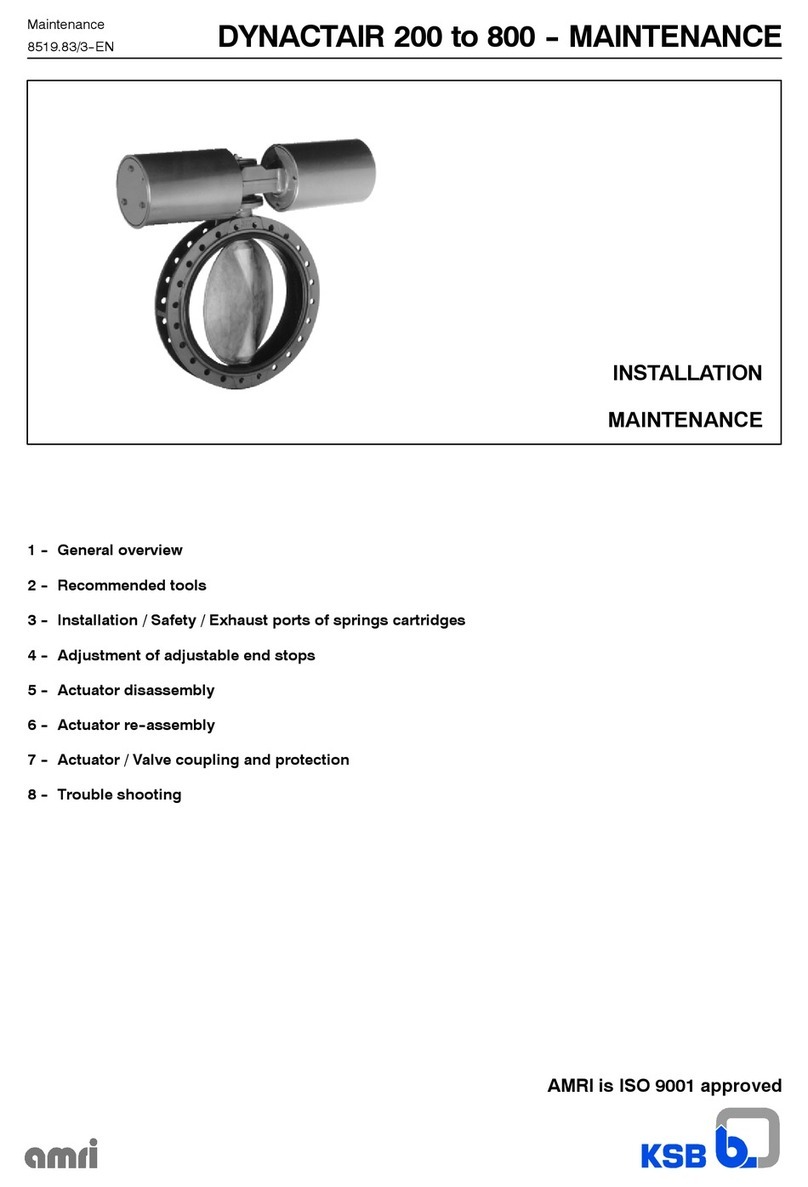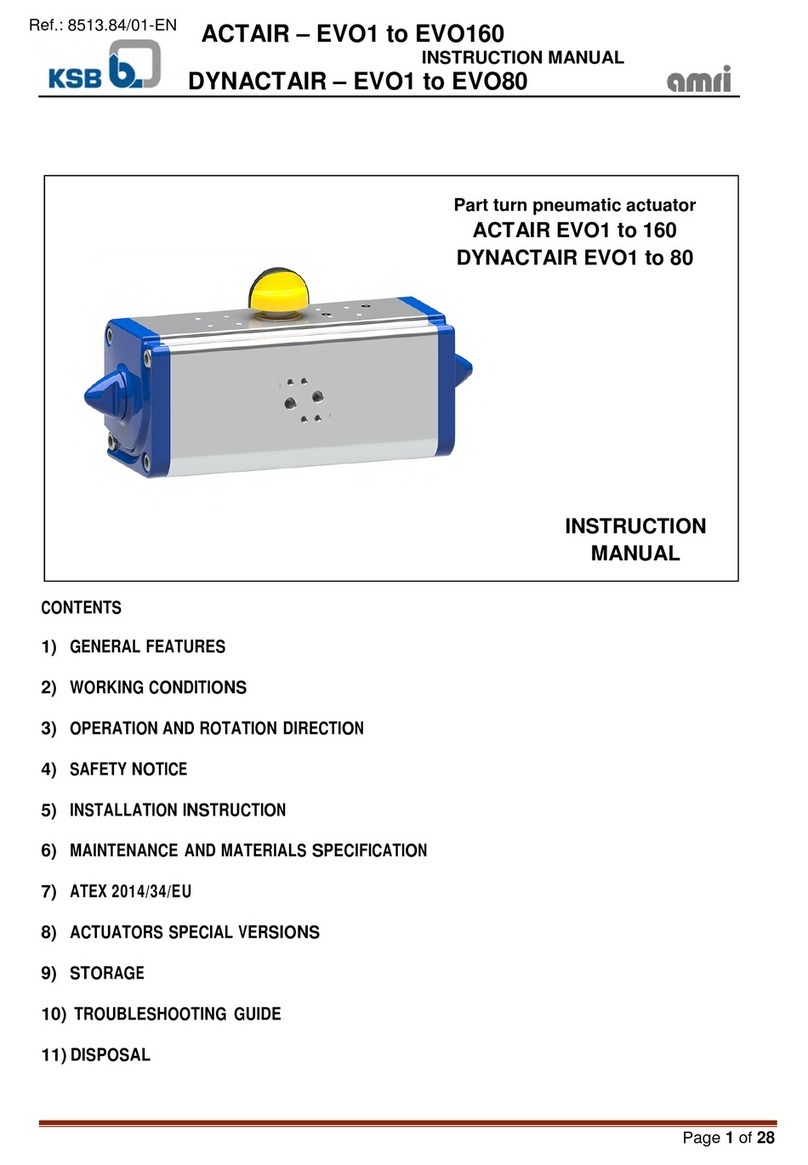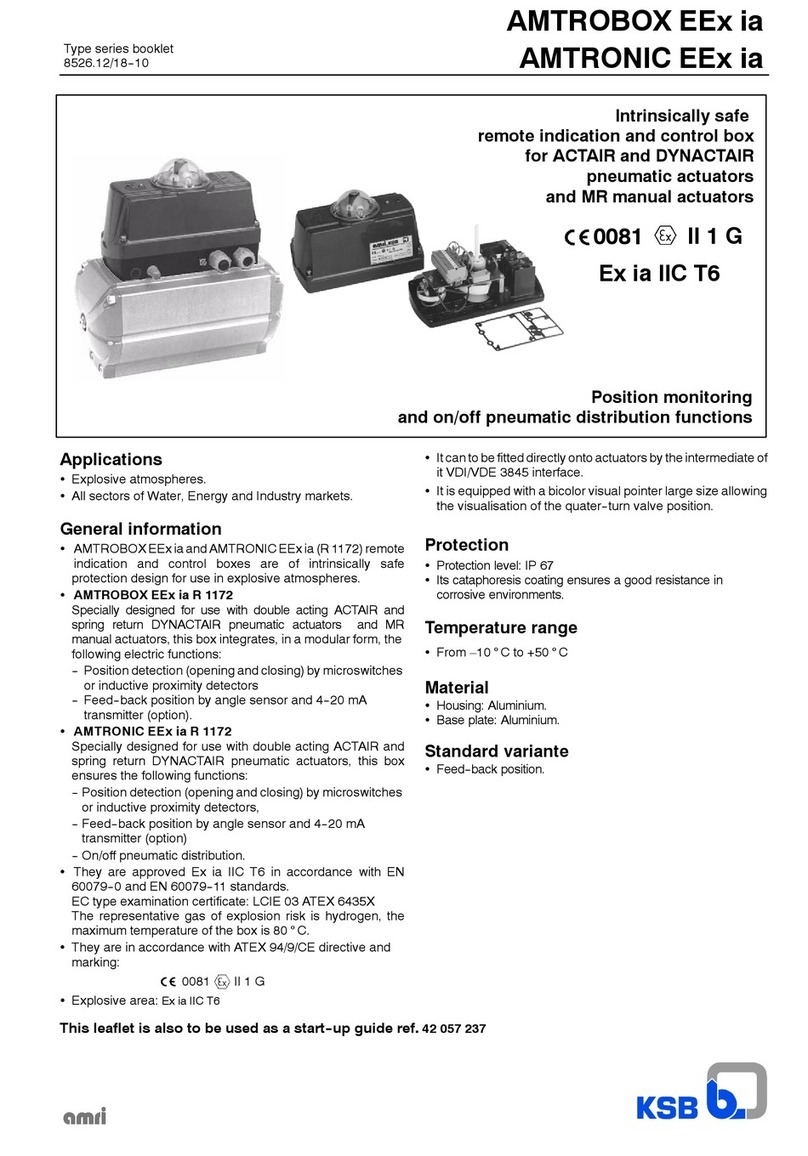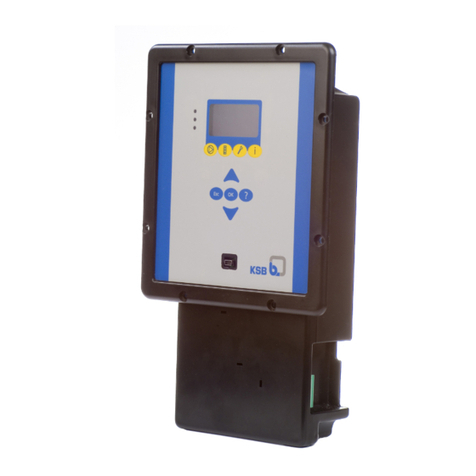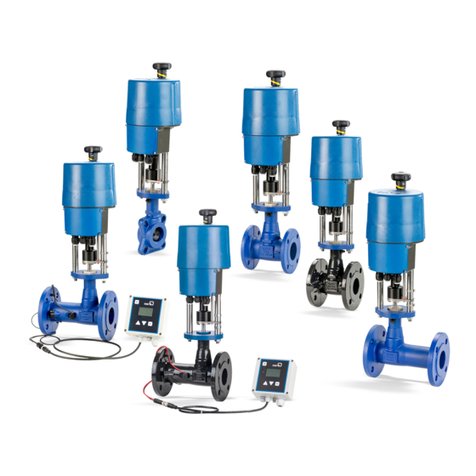
Contents
3 of 54
EMV
Contents
1 General.................................................................................................................................................... 5
1.1 Principles ...........................................................................................................................................................5
1.2 Target group.....................................................................................................................................................5
1.3 Symbols .............................................................................................................................................................5
1.4 Key to safety symbols/markings.......................................................................................................................5
2 Safety...................................................................................................................................................... 7
2.1 General..............................................................................................................................................................7
2.2 Intended use .....................................................................................................................................................7
2.2.1 Prevention of foreseeable misuse.......................................................................................................7
2.3 Personnel qualification and training...............................................................................................................7
2.4 Consequences and risks caused by non-compliance with this operating manual........................................8
2.5 Safety awareness ..............................................................................................................................................8
2.6 Safety information for the user/operator.......................................................................................................8
2.7 Safety information for maintenance, inspection and installation ................................................................8
2.8 Unauthorised modes of operation..................................................................................................................8
3 Transport/Storage/Disposal .................................................................................................................. 9
3.1 Checking the condition upon delivery............................................................................................................9
3.2 Transport...........................................................................................................................................................9
3.3 Storage/preservation........................................................................................................................................9
3.4 Disposal ...........................................................................................................................................................10
4 Description............................................................................................................................................ 11
4.1 General description ........................................................................................................................................11
4.2 Designation.....................................................................................................................................................11
4.3 Name plate......................................................................................................................................................12
4.4 Design details..................................................................................................................................................12
4.5 Function ..........................................................................................................................................................13
4.6 Noise characteristics .......................................................................................................................................13
5 Installation............................................................................................................................................ 14
5.1 Safety regulations...........................................................................................................................................14
5.2 Checking prior to installation........................................................................................................................14
5.2.1 Dimensions and weights of actuators ..............................................................................................15
5.3 Installation position........................................................................................................................................16
5.4 Manual override .............................................................................................................................................17
5.5 Mounting the EMV211 actuator....................................................................................................................19
5.5.1 Mounting the actuator......................................................................................................................19
5.5.2 Electrical connection..........................................................................................................................19
5.6 Mounting the EMV212/144, EMV 212/146 and EMV212/147 actuators ......................................................22
5.6.1 Mounting the actuator......................................................................................................................22
5.6.2 Electrical connection..........................................................................................................................22
5.7 Mounting the EMV212/148 and EMV212/150 actuators..............................................................................24
5.7.1 Mounting the actuator......................................................................................................................24
5.7.2 Electrical connection..........................................................................................................................25
5.8 Mounting the EMV213/145 and EMV213/147 actuators..............................................................................26
5.8.1 Mounting the actuator......................................................................................................................26
5.8.2 Electrical connection..........................................................................................................................26
5.9 Mounting the EMV213/148 and EMV213/150 actuators..............................................................................27
5.9.1 Mounting the actuator......................................................................................................................27
5.9.2 Electrical connection..........................................................................................................................28
5.10 Mounting the EMV311 and EMV312 actuators............................................................................................29
5.10.1 Mounting the actuator......................................................................................................................29
5.10.2 Electrical connection..........................................................................................................................29







